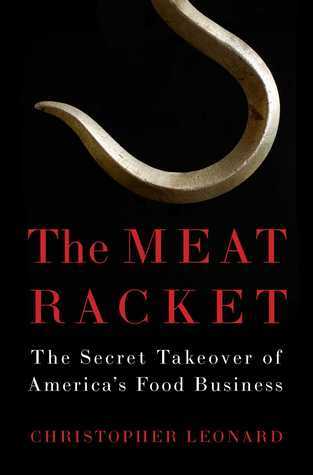What do you think?
Rate this book


384 pages, Hardcover
First published February 18, 2014
“Consumers pay more, farmers make less, and corporations in the middle grab a windfall.”That pretty much sums up the story of The Meat Racket, a remarkably well-written, skillfully woven story by Christopher Leonard about how Tyson Foods has forever changed the landscape of meat production and processing, farming and, more importantly, rural America. Although it focuses primarily on Tyson, the practices it pioneered have been replicated by its three other major “competitors”—which Leonard shows is a veiled form of collusion. Having recently read Thomas Piketty’s Capital in the 21st Century, I find that Leonard’s reporting provides a case study of how one small segment of the one percent have manipulated the economic and social game to the detriment of so many and so much.
“…the bank extended the mortgages and car loans to the lower-income workers at Tyson’s plant. It provided farm loans to the company’s chicken farmers. The plant workers never really jumped an income bracket. The farmers never really left their cycle of indebtedness. People might complain, but there really wasn’t an alternative.”